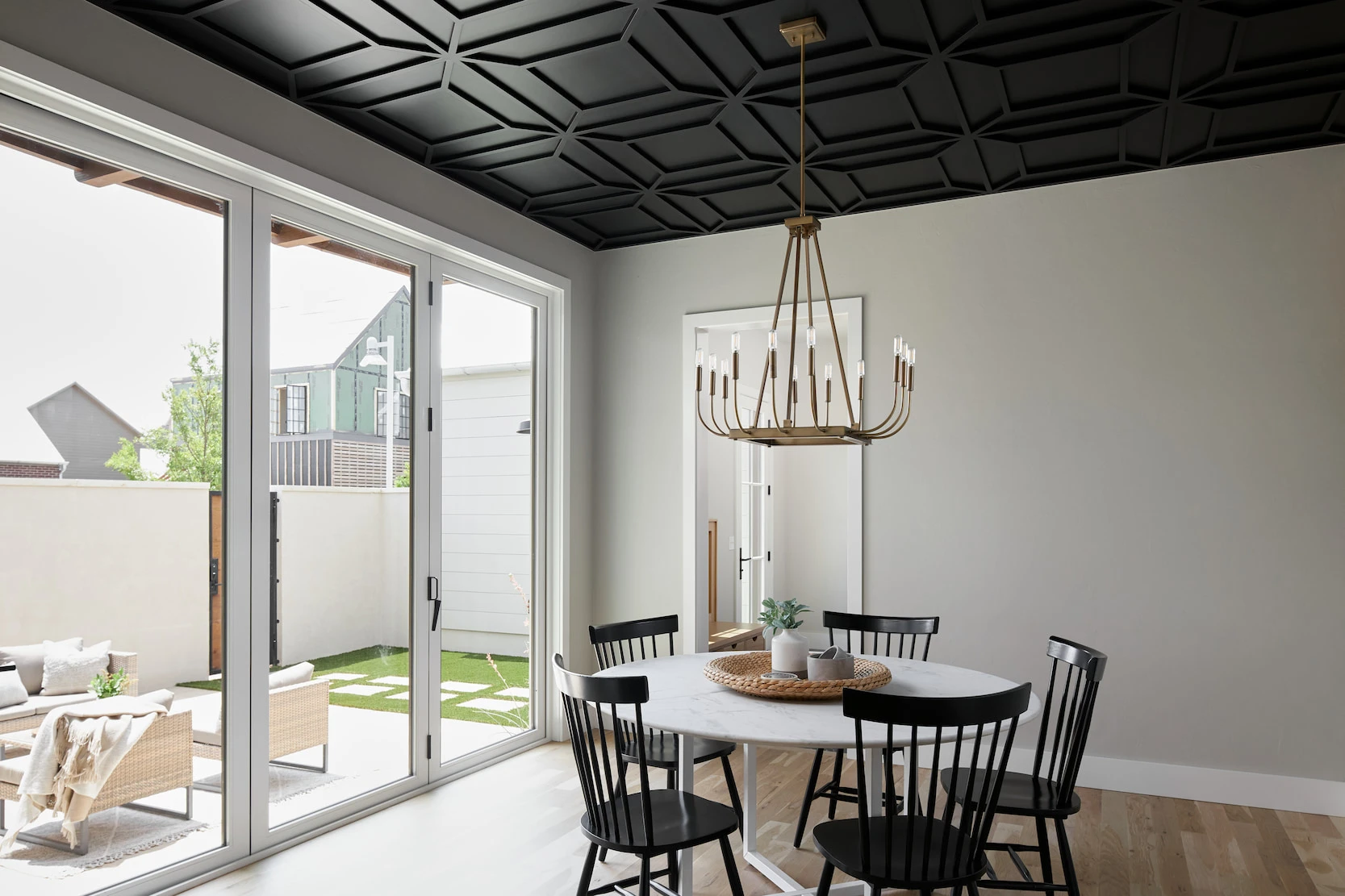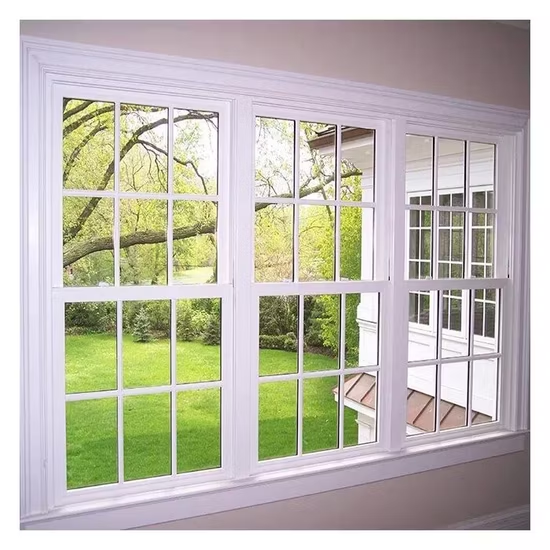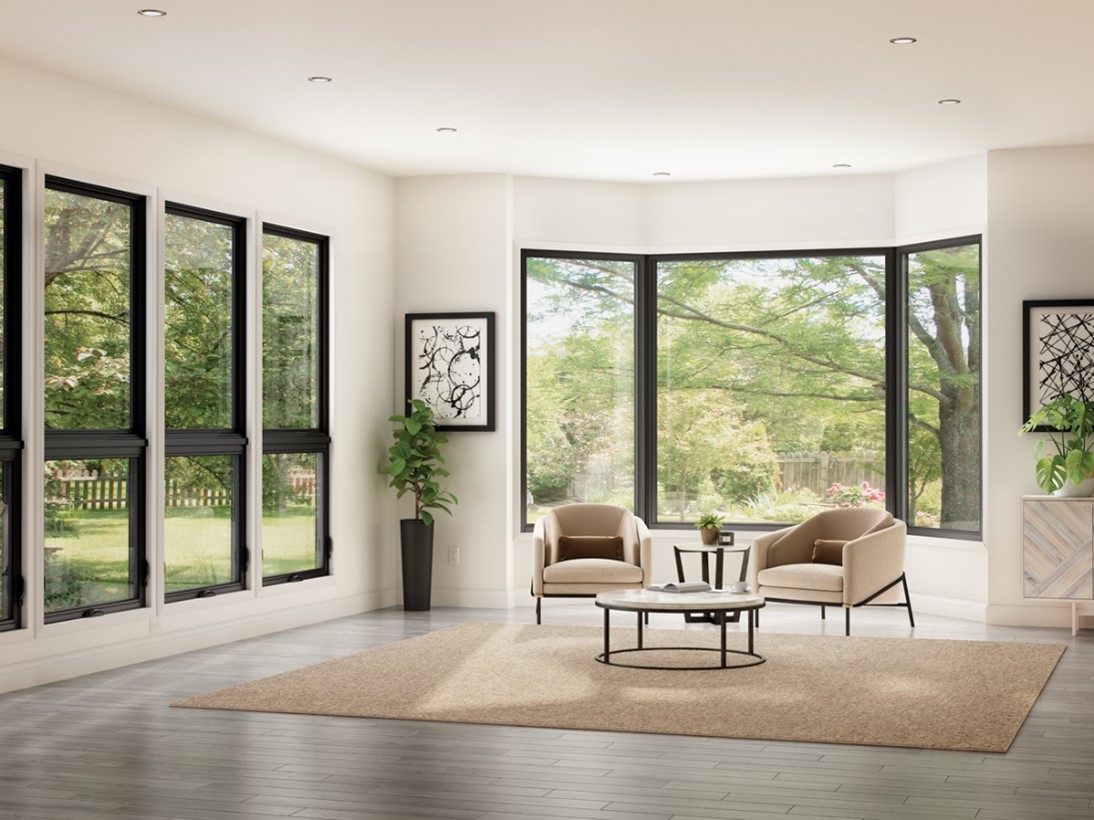Get Ready for Winter: Doors & Windows
Prepare your home for Quebec’s cold season with the right checks on exterior doors, windows and large openings.


Introduction
When the temperature drops and the snow sets in around Montreal, your home’s doors and windows become even more critical. They’re not just architectural features — they’re the frontline of comfort, energy efficiency and weather protection. Studies show that about one-quarter of a home’s heat loss during colder months occurs through windows and doors when they are not properly sealed. A poorly sealed door or window can mean lost heat, rising energy bills and an uncomfortably chilly indoor environment.
By taking a few targeted maintenance steps now, you’ll keep your home warm, efficient and fully ready for the winter ahead.
1. Why winter preparation matters
- In cold-climate homes, exterior openings (windows, doors, garage doors) can account for a significant portion of heat loss; industry data suggest windows alone may contribute 25%–30% of heating energy loss in some cases.
- Drafts, moisture infiltration and worn weather-stripping don’t just raise your energy bill—they reduce comfort and shorten the lifespan of your fixtures.
- Acting ahead of the worst weather means fewer problems, better efficiency and more comfort for homeowners in the Montreal/West Island area.
2. Exterior door checklist
Inspect weather-stripping & seals
- With a closed door, slide a sheet of paper under the door sweep. If it slides out easily, your seal may be compromised.
- Replace missing or cracked weather-stripping so cold air doesn’t creep in.
Evaluate door fit & frame condition
- Does your door close smoothly and fully? Winter cold can shift frames slightly, creating gaps.
- Check the exterior trim caulking for cracks or shrinkage—these gaps let cold air and moisture in.
Lubricate hardware & hinges
- Apply lubricant to hinges, check locks engage cleanly and examine the threshold for damage.
- Snow and ice can build beneath the door threshold; make sure the door sweep is in good condition.
Consider insulation performance
- If your entry or patio door is older or showing signs of wear, consider upgrading to a high-efficiency model with improved insulation.
- Evaluating now can prevent discomfort later when the cold is at its worst.
3. Windows & frame maintenance
Check for air leaks / drafts
- On a cold day, run your hand around interior window frame edges—persistent cold spots suggest leaks.
- You can also hold a lit candle near the frame edge: if the flame flickers, air may be infiltrating.
- Because windows often represent one of the largest sources of heat loss in the building envelope, catching leaks early is important.
Inspect glazing & seals
- Look for condensation between panes in double or triple-glazing—this often means the seal is broken and insulation compromised.
- Examine frames: for wood, check rot; for PVC, check warping; for aluminum, look for signs of pitting or corrosion.
Clean and clear tracks, sills & drainage
- Remove debris (leaves, grit, old caulk) from window tracks, sills and drainage channels so water, snow-melt or ice don’t accumulate and damage the frame.
- Clean glass and frames with non-abrasive, non-acidic cleaners to maintain finish and longevity.
Lubricate moving parts & examine hardware
- Sliding windows, tilt or crank units should move easily. Lubricate and tighten loose parts as needed.
- Ensure seals and locks close tightly and evenly across the frame.
Re-caulk & reseal exterior trim
- Exterior caulking can dry or crack over time, creating invisible entry points for cold air. Inspect and re-caulk gaps of around 1-2 mm or more.
- A well-sealed window frame reduces both drafts and moisture intrusion.
4. Garage doors & large openings
If your home includes a garage or patio door, these large openings deserve attention too:
- Inspect the bottom seal and any side weather-seals for secure contact—gaps admit cold air and snow-melt.
- Lubricate rollers, tracks or hinges so snow, ice or winter debris won’t bind the mechanism.
- If your garage door has glass panels, check for frost misting or condensation—this may signal weak insulation and be worth upgrading.
5. Final checks & professional help
Indoor humidity control
- High indoor humidity plus cold outdoor surfaces may cause condensation, frost or even mold—a reason to pair maintenance with proper ventilation or de-humidification.
- Balancing humidity improves comfort and preserves the integrity of doors and windows.
Professional inspection benefit
- If you detect persistent drafts, condensation between panes, hardware failure or seal problems that DIY methods can’t fully address, consider calling in a professional.
- A qualified installer can recommend whether a repair or full replacement is best and tailor the solution for Quebec’s climate.
Timing matters
- The best time for inspection and maintenance is early fall—before extreme cold sets in.
- Early action reduces the risk of emergency repairs or discomfort during peak winter.
6. Why take professional help
When you’re ready for inspection, replacement or upgrades, the right team can make all the difference. For homeowners in the Montreal area looking for reliable service, Eco Elite Doors & Windows offers expert assessments and solutions to get your doors, windows and large openings fully winter-ready.
Conclusion
Winter in Montreal is approaching—but with smart preparation, your doors and windows can work for you—keeping your home warm, efficient and ready for the season ahead. By following this checklist now, you’ll boost performance, extend the life of your fixtures and save on bills. And if any issues go beyond DIY fixes, you have professionals you can trust to handle it.
Stay warm, stay efficient—and let your home face winter the right way.
Explore Related Insights
Continue learning with helpful articles on home improvement tips.


Transform Your Home with Us!
Ready to enhance your living space? Get a free quote for our premium window doors and garage doors solutions now!


.JPG)






